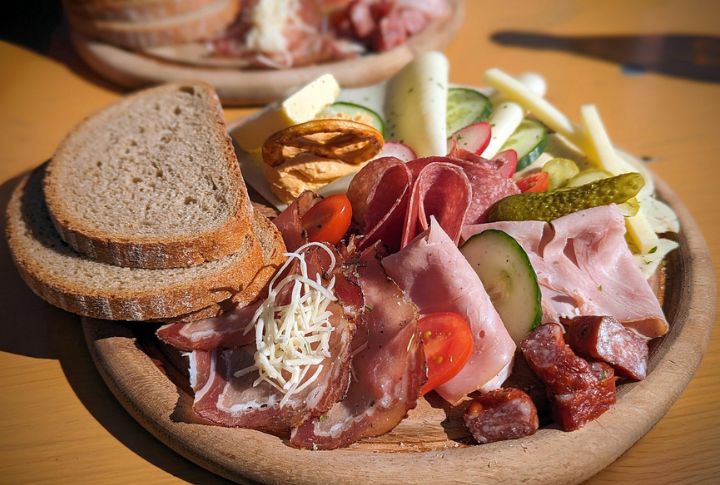
Mispronouncing a dish won’t spoil your appetite, but it can definitely give you away as a culinary outsider. As global cuisine becomes part of everyday dining, unfamiliar food names are more common—and so are the slip-ups. To help you order with confidence, here are 20 commonly mispronounced food names—and how to say them the right way.
Pho (Correct Pronunciation: “Fuh”)
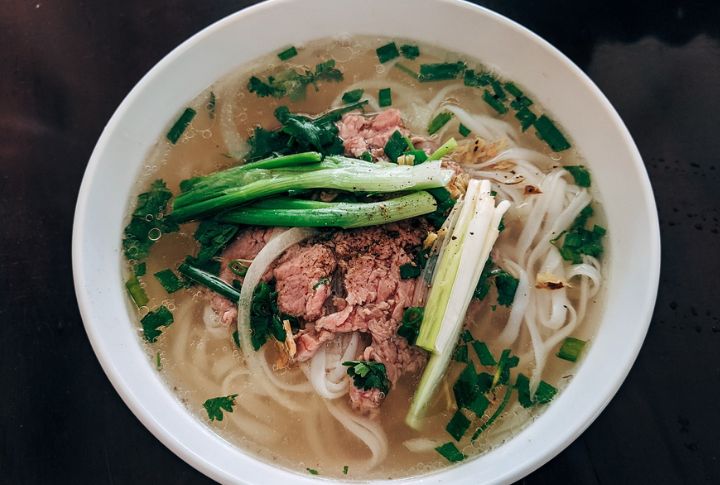
Pho, Vietnam’s famous noodle soup, isn’t pronounced like “foe.” The right pronunciation is “fuh,” as in “fun” without the “n.” It originated in northern Vietnam during the early 20th century. In Vietnamese, tonal pronunciation matters, so stressing it differently can even change the meaning entirely.
Gnocchi (Correct Pronunciation: “Nyoh-kee”)
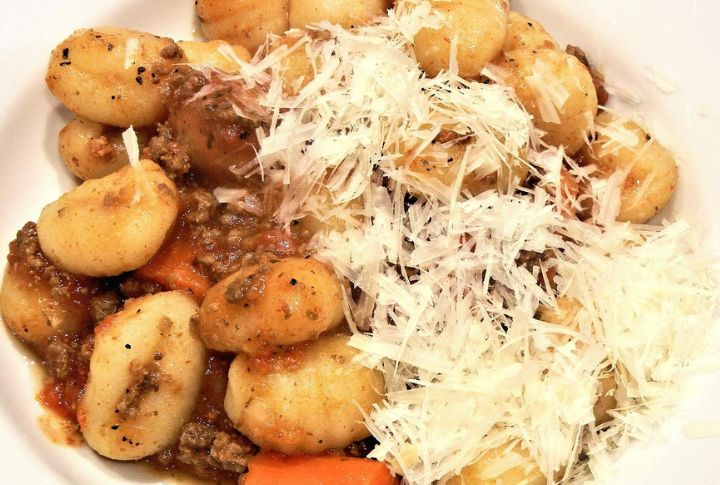
This Italian dumpling isn’t “guh-nock-ee.” It’s “nyoh-kee,” with a silent “g” and a “ny” sound like in “canyon.” Made using potato and flour, gnocchi has existed since Roman times. Variants appear throughout Italy, with the most famous styles hailing from the northern regions.
Acai (Correct Pronunciation: “Ah-sigh-ee”)
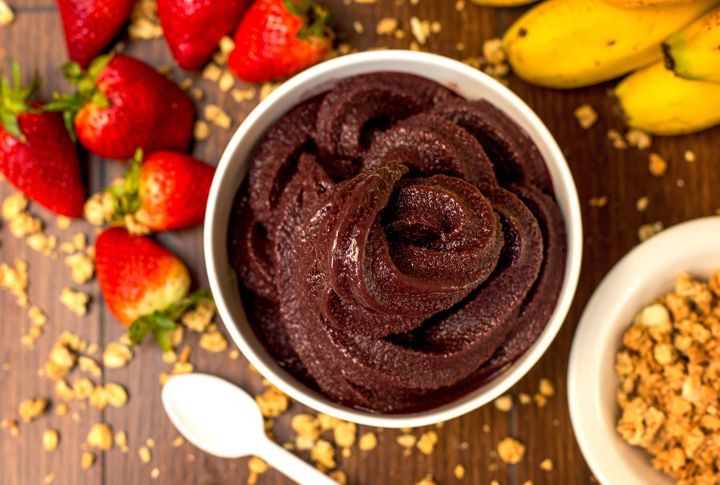
The word comes from the Portuguese adaptation of the Tupian word iwasa’i, meaning “fruit that cries.” Though often said as “ah-kai” or “ah-kay,” the berry’s correct pronunciation is “ah-sigh-ee.” Native to the Amazon rainforest, acai berries are known for their high antioxidant content.
Worcestershire Sauce (Correct Pronunciation: “Woos-tuh-sher”)
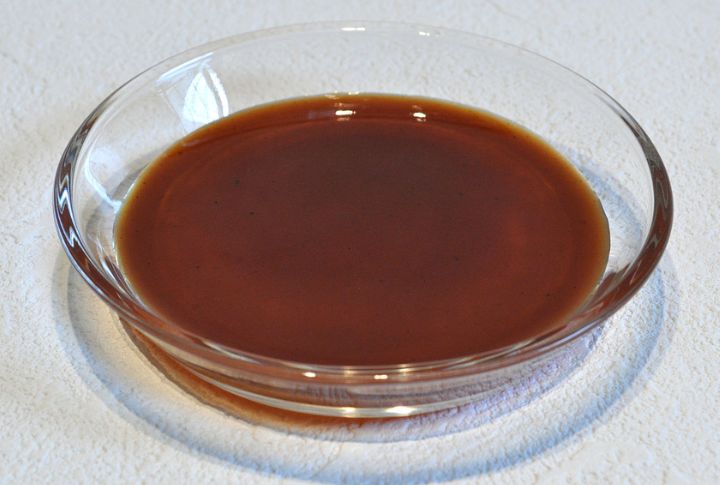
Named after Worcestershire County in England, the sauce was first made in the 1830s by chemists Lea and Perrins. This complex mix includes anchovies, tamarind, and molasses, aged up to 18 months. It looks like a tongue twister, but should be said quickly, like “Woos-tuh-sher.”
Bruschetta (Correct Pronunciation: “Broo-sket-ta”)
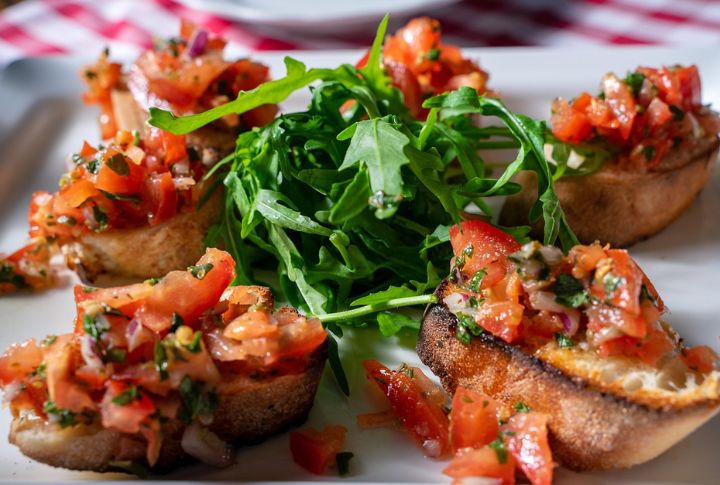
Despite how often it’s said “broo-shetta,” the “sch” in Italian is pronounced with a hard “k” sound, making it “broo-sket-ta.” Its name comes from the Roman dialect verb bruscare, meaning “to toast.” Traditional bruschetta uses grilled bread rubbed with garlic and topped with olive oil and tomatoes.
Gyro (Correct Pronunciation: “Yee-roh”)
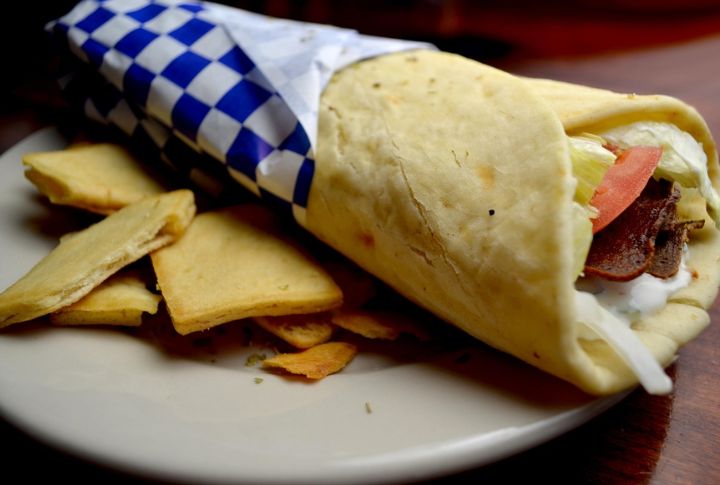
The word comes from the Greek gyros, meaning “turn,” referencing the rotating frame used to cook the meat. It became popular in the U.S. through Greek-American restaurants starting in the 1970s. Far from the common “jai-ro” or “guy-ro,” this Greek wrap is pronounced “yee-roh.”
Quinoa (Correct Pronunciation: “Keen-wah”)

Native to the Andes and cultivated for over 5,000 years, the Incas considered quinoa sacred. Quinoa is derived from the Quechua word kinwa or kinua. It is often mispronounced as “kwin-oh-ah” or “kwin-wah,” but the right pronunciation is “keen-wah.”
Croissant (Correct Pronunciation: “Kwa-son” In French/”Cruh-sahnt” In English)

This buttery pastry originated in Austria as a kipferl, popularized and refined by French bakers in the 19th century. In French, croissant is “kwa-son,” with a nasal ending and a silent “t.” In English, a soft “cruh-sahnt” is widely accepted, though pronunciations like ‘kwa-sant’ or ‘kross-ont’ may be accepted.
Edamame (Correct Pronunciation: “Eh-dah-mah-meh”)
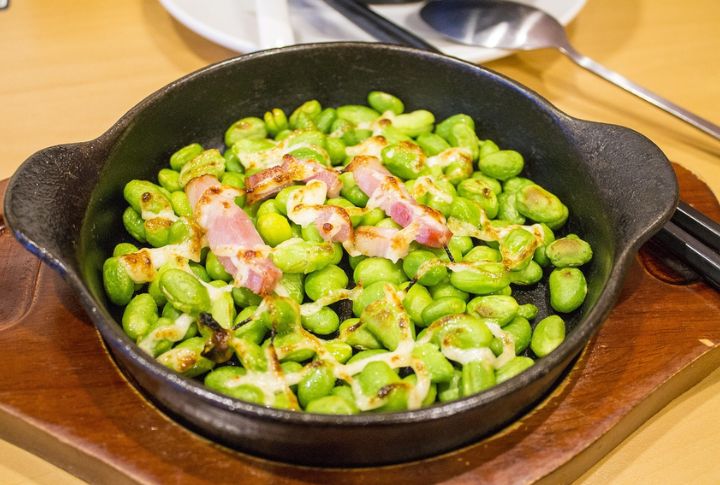
It’s not “eda-may” or “eda-mami.” The right way to say it is “eh-dah-mah-meh.” This Japanese word means “stem beans,” as the pods were traditionally sold still attached to stems. Edamame, typically served steamed and salted, gained international popularity in the early 2000s.
Nicoise (Correct Pronunciation: “Nee-swaz”)
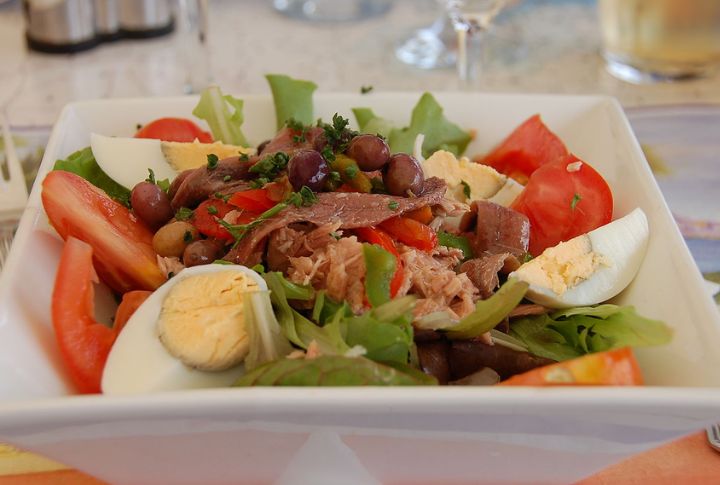
Salade Nicoise often trips people up. Rather than call it “nee-kwa” or “nee-soys,” it’s accurately pronounced “nee-swaz.” The dish hails from Nice, France, and traditionally includes tomatoes, anchovies, and olives—no cooked vegetables or lettuce, as purists from the region firmly maintain.
Aioli (Correct Pronunciation: “Eye-oh-lee”)
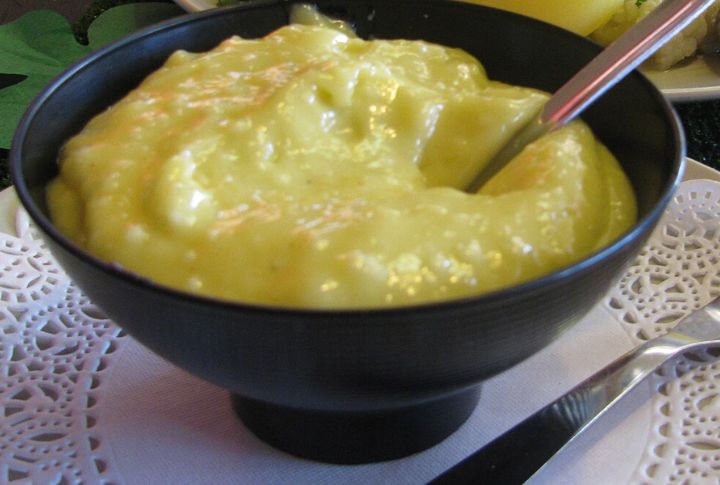
Though now often used to describe flavored mayonnaise, traditional aioli contains only garlic, olive oil, and salt, emulsified by hand using a mortar and pestle. Many say “ay-oh-lee,” but the accurate pronunciation is “eye-oh-lee.” Aioli combines ail (garlic) and oli (oil) in Provencal.
Tamale (Correct Pronunciation: “Tah-mah-leh”)
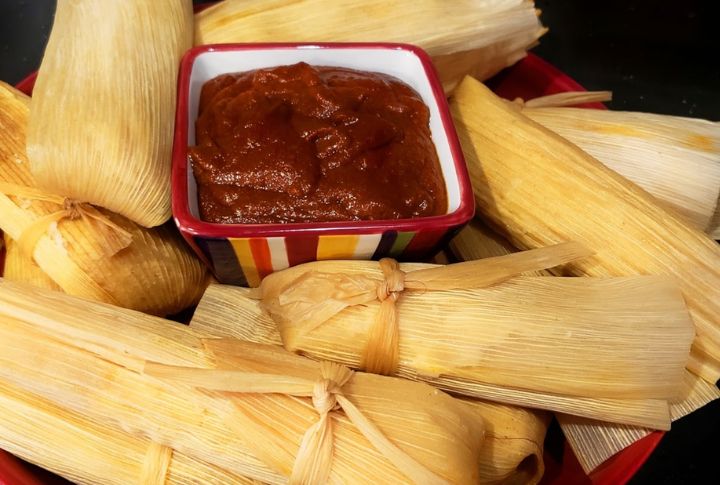
It’s been a staple in Mexican cuisine for over 7,000 years. “Tamale” is the singular form, though the plural “tamales” is often used colloquially for both singular and plural. The original Nahuatl word is tamalli, pronounced “tah-mah-leh.” Wrapped in corn husks and steamed, this ancient Mesoamerican dish predates the Aztecs.
Charcuterie (Correct Pronunciation: “Shar-koo-tuh-ree”)

Mispronounced as “char-coo-tree” or “shar-cut-erie,” the correct way is “shar-koo-tuh-ree.” A French word used for prepared meats like pates, terrines, and sausages, it dates back to 15th-century Paris. Today, it’s more commonly known for elaborate boards, popularized in the 21st century, pairing cured meats with cheese and nuts.
Jalapeno (Correct Pronunciation: “Hah-lah-peh-nyo”)

Native to Mexico, this chili pepper was named after the city of Xalapa (Jalapa). It ranks between 2,500 and 8,000 Scoville units, making it a mild to moderately hot variety. The “j” in Jalapeno isn’t hard, and the “n” isn’t silent—it’s pronounced “hah-lah-peh-nyo.”
Tapenade (Correct Pronunciation: “Tah-peh-nahd”)
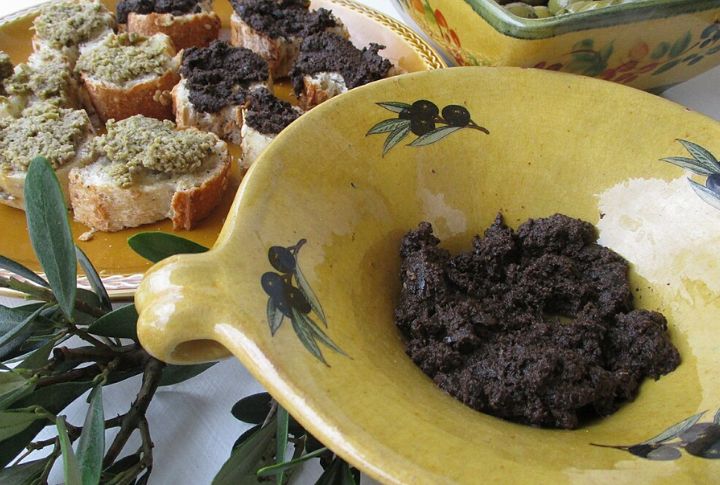
This Provencal spread is made from finely chopped olives, capers, anchovies, and olive oil. Although often said as “tap-in-aid,” the right French pronunciation is “tah-peh-nahd.” The name derives from tapenas, the Provencal word for capers, a key ingredient in traditional recipes.
Banh Mi (Correct Pronunciation: “Bun Mee”)
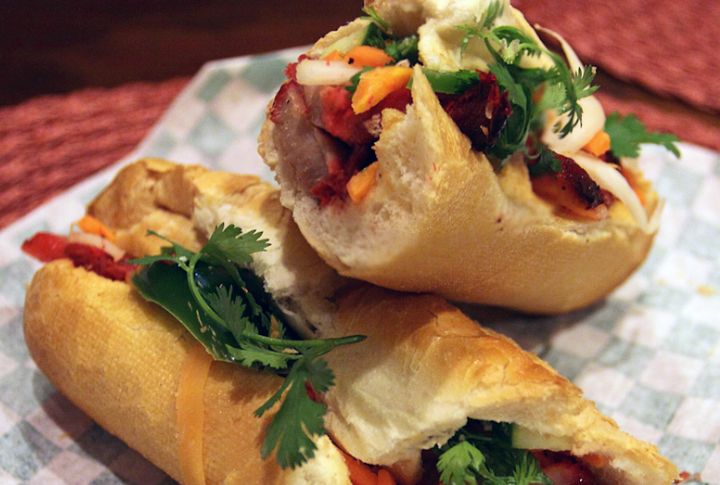
Originating during French colonial rule, banh mi showcases Vietnam’s adaptation of European staples with Southeast Asian flavors. This Vietnamese sandwich combines French baguettes with local meats, pickled vegetables, and herbs. Commonly mispronounced as “ban-my,” the proper way to say it is “bun mee.”
Bouillabaisse (Correct Pronunciation: “Boo-ya-bess”)
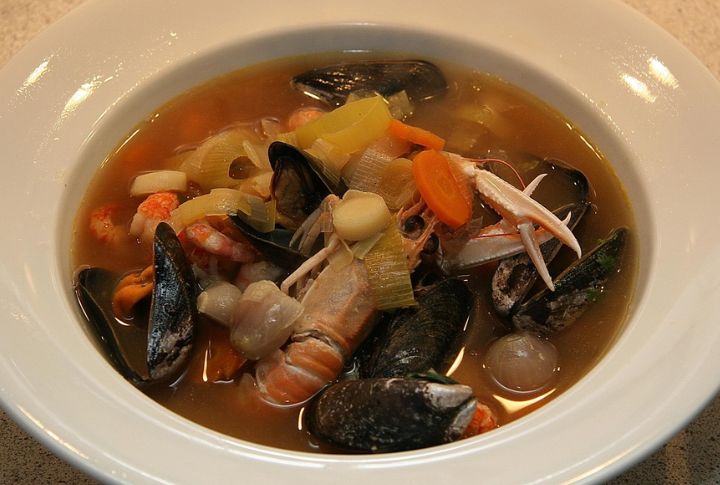
The name derives from the French words bouillir (to boil) and abaisser (to reduce heat). It’s not “boil-a-base.” The proper pronunciation is “boo-ya-bess.” This traditional Provencal seafood stew was born in Marseille and includes fish like rascasse, shellfish, and saffron broth.
Espresso (Correct Pronunciation: “Ess-press-oh”)

There’s no “x” in “espresso,” though “expresso” is a common mistake. It is accurately pronounced as “ess-press-oh.” Originating in Italy, the name refers to coffee brewed by expressing hot water through finely-ground beans. It was first patented by Angelo Moriondo in 1884.
Coq au Vin (Correct Pronunciation: “Coke-oh-van”)
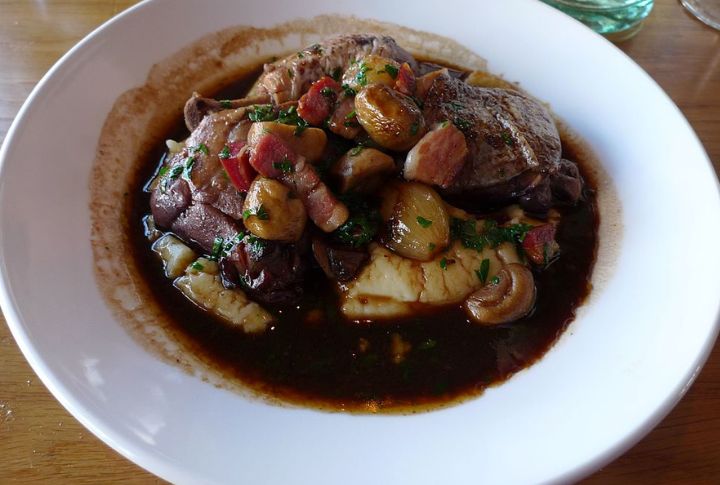
Coq au Vin means “rooster in wine” and was traditionally made with tough, older birds braised in red wine, mushrooms, and lardons. It gained international fame through Julia Child’s 1960s television series. This classic French dish is pronounced “coke-oh-van.”
Chorizo (Correct Pronunciation: “Cho-ree-tho” In Spain/”Cho-ree-so” In Latin America)
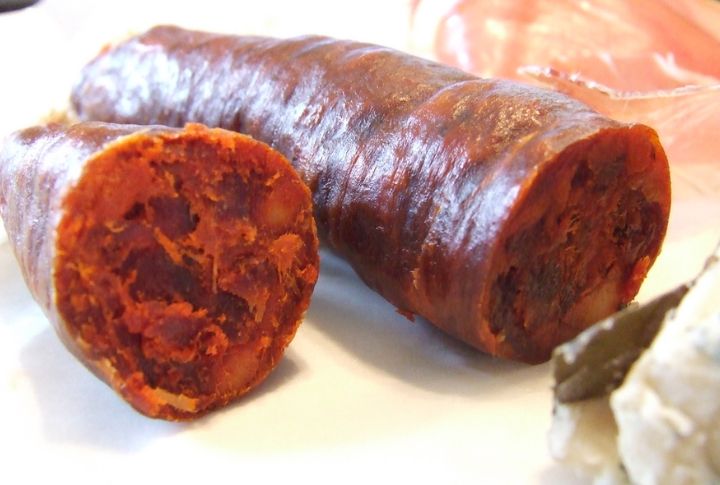
In Spain, it’s “cho-ree-tho,” but in Latin America, “cho-ree-so” is accepted. Both refer to a spiced pork sausage, though Spanish versions are usually cured and smoked, while Latin American styles are often fresh and meant for grilling. Regional recipes vary widely in spice and preparation.
Leave a comment